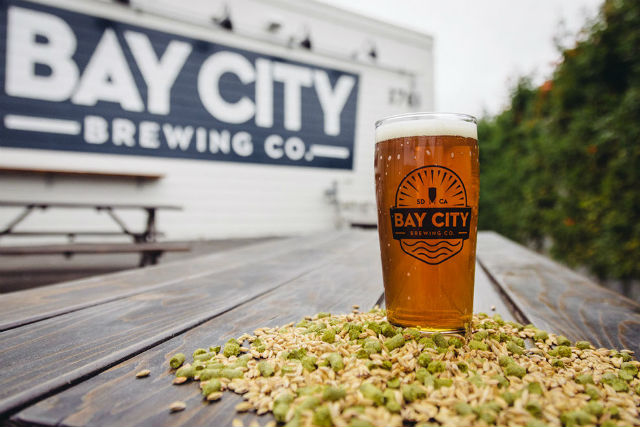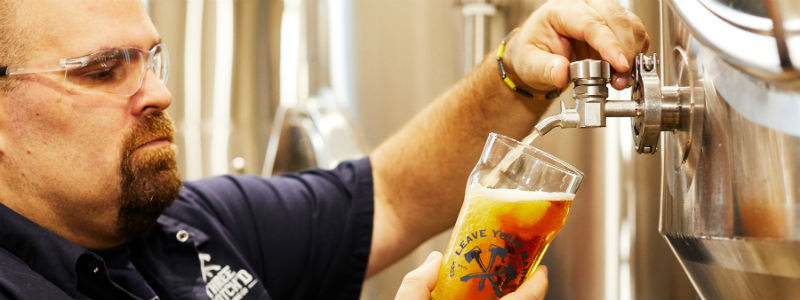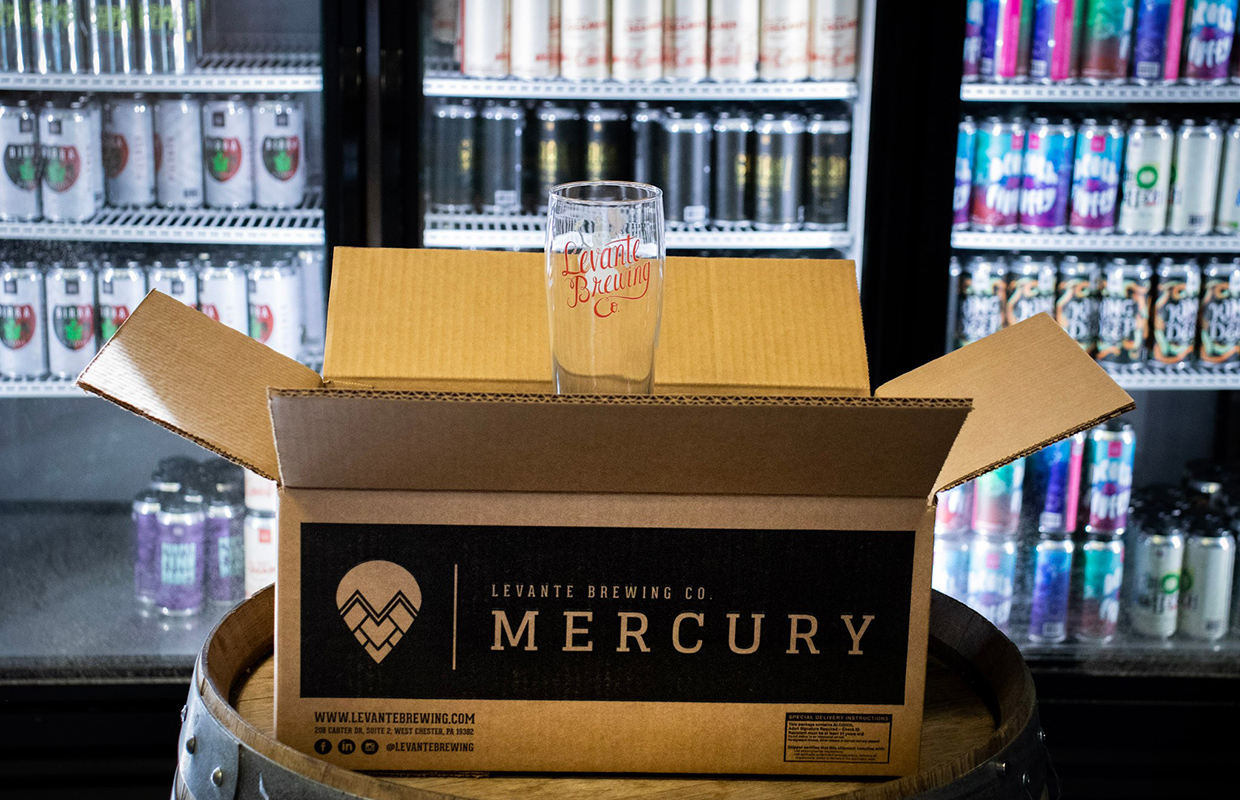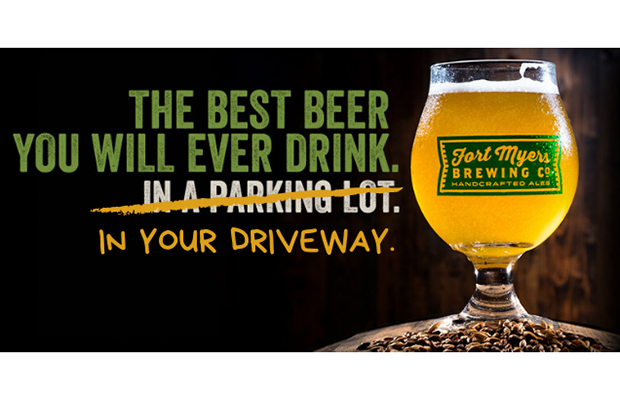
Consumers of craft-products demand limitless choices and love to see creativity, sustainability, and local ingredient sourcing.
Yet the familiar is also so inviting. More often than not, for the vast majority of beer drinkers, that “go-to” beer is a Lager or a Pilsner. So it makes sense for a brewery to have something for the “average” beer drinker as well — an old standard.
“I think we’re going to see a boom in light Lagers and Pilsner variations as even the most refined palates are enjoying the stripped down, pure and simple barley beers; crisp and clean,” said Three Notch’d Brewing’s Scott Roth. “The kind of beers you can enjoy without over thinking.”
Karl Schmitz of Third Street Brewhouse added that the Minnesota brewery loves the innovation and creativity that comes along with creating new, unique brews.
“And our consumers love to sample different styles, too,” he said. “But at the end of the day, everyone is just looking for “their beer.” That beer they can always keep on hand in the fridge. Something drinkable and refreshing, not too light or too heavy. A beer that goes great with home-cooked meals, takeout, midnight pizza, ramen noodles — you see where I’m going here.”
With the Historic Beer Series, Third Street wanted to showcase their past in a modern way.
“The craft beer industry has grown quickly in the past few decades as have the number of craft beer enthusiasts,” Schmitz said. “Who says that traditional Lagers and Pilsners can’t be craft beers?”
According to Bay City Head Brewer Chris West, bohemian-style Pilsners inspired the brewery’s recent rendition.
“Science in the 21st century allows brewers to play with and heavily modify malts to create distinctly new flavors,” West said in a release.
BridgePort’s Jeff Edgerton told Brewer Magazine he really liked the trend of making more session-style beers.
”For quite a while, every brewery seemed to be hell-bent to make super high alcohol, super hoppy beers,” he said. ”While these have their place, I think that it takes a lot of brewing skill to make lower ABV beers that are balanced yet deliver tons of flavor.”






Be the first to comment